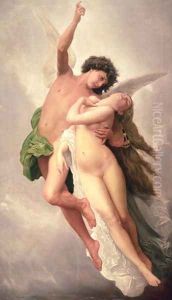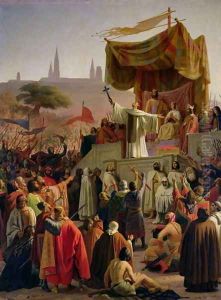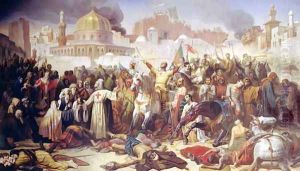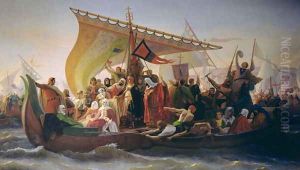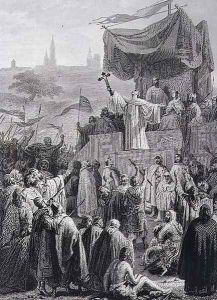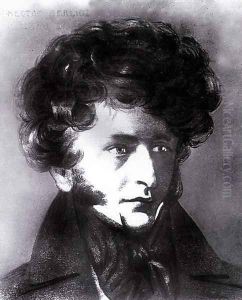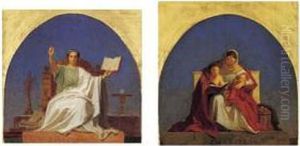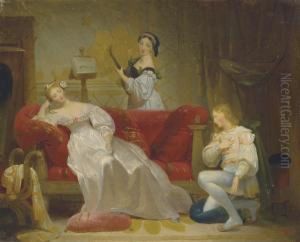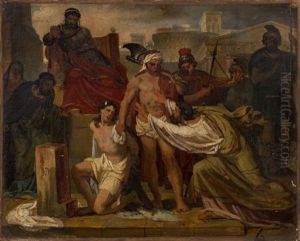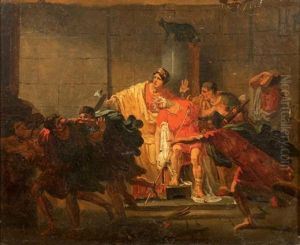Emile Signol Paintings
Émile Signol was a French painter born on October 11, 1804, in Paris, France. He was an important figure in the 19th-century French art scene, known for his historical and religious paintings. Signol studied at the École des Beaux-Arts in Paris and was a student of François-Édouard Picot, a well-respected French painter of his time. Signol's academic training prepared him to excel in the neoclassical tradition, which was prominent during his early career.
Signol's work was recognized early on when, in 1824, he won the prestigious Prix de Rome with his painting 'The Wrath of Achilles.' This award granted him a scholarship to study at the French Academy in Rome, where he was further influenced by the masterpieces of the Renaissance and antiquity. During his stay in Italy, Signol was deeply inspired by the works of Raphael, which is evident in his precise draughtsmanship and attention to compositional harmony.
After returning to France, Signol continued to produce works that garnered attention and praise. He participated regularly in the Paris Salon, the official art exhibition of the Académie des Beaux-Arts in Paris. His paintings often depicted scenes from history, mythology, and the Bible, executed with a fine attention to detail and a strong sense of academic rigor. Signol's religious works were particularly appreciated, especially his large-scale mural paintings for Parisian churches, such as Saint-Séverin and Saint-Nicolas-du-Chardonnet.
Throughout his career, Signol remained committed to the academic style, even as the tides of the art world began to shift towards Realism and Impressionism. He was not swayed by these new movements and maintained his precise, polished technique until the end of his career. Despite the changing artistic landscape, Signol's work continued to be well-received, and he was awarded the Legion of Honour in 1841 for his contributions to French art.
Émile Signol's dedication to the academic style and his mastery of historical and religious subjects were key aspects of his legacy. He passed away on October 4, 1892, in Paris, leaving behind a body of work that exemplifies the neoclassical tradition in French painting during a time of great change in the art world. His paintings remain a testament to the skills and sensibilities of 19th-century academic artists.
